Do you have a question about the peplink 310 and is the answer not in the manual?
| Load Balancing | Yes |
|---|---|
| VPN Support | Yes |
| Power over Ethernet (PoE) | No |
| LAN Ports | 4 |
| Power Input | 12V DC |
| Cellular Connectivity | Optional |
| Operating Temperature | 0°C to 40°C |
Details WAN, LAN, VPN, and inbound traffic management features.
Covers additional features like web admin, remote access, reporting, and system utilities.
Details the contents included in the package for specific models.
Details the contents included in the package for specific models.
Details the contents included in the package for specific models.
Details the front and rear panel appearances, LED indicators, and unit base for various models.
Lists necessary items and requirements before installing the Peplink Balance unit.
Outlines the steps for connecting computers and modems to the Peplink Balance.
Guides on configuring LAN and WAN settings for proper network operation.
Explains how to access and log in to the device's web administration interface.
Guides users through the step-by-step WAN connection setup process using the wizard.
Describes the four possible WAN connection methods: DHCP, Static IP, PPPoE, and Mobile Internet.
Covers configuration of port speed, duplex, MTU, MAC address, and VLAN settings.
Explains how to configure health checks for WAN connections to ensure traffic routing to healthy links.
Details how to set up SpeedFusionTM connections, including profiles, remote peers, and link failure detection.
Details how to configure IPsec VPN profiles, including NAT-traversal, encryption, and peer settings.
Describes policy options for outbound traffic: High, Normal, and Custom compatibility.
Guides on creating custom rules for outbound traffic management, including algorithms and session termination.
Details how to set up port forwarding rules for inbound access to specific services.
Explains how to define servers on the LAN that will receive inbound connections.
Guides on defining inbound access rules based on service, protocol, and server selection.
Covers WLAN status, AP information, and management of Pepwave AP devices.
Details how to define and manage wireless networks, including SSID, security, and access control.
Guides on customizing captive portal pages and managing guest accounts for wireless access.
Explains how to configure AP profiles for assigning settings to Pepwave AP devices.
Details how to categorize clients into user groups for applying policies.
Explains how to reserve minimum bandwidth for user groups and set individual limits.
Guides on prioritizing different applications based on user groups or custom settings.
Details how to create and manage outbound and inbound firewall access rules.
Covers blocking access to specific websites for LAN/PPTP/SpeedFusionTM clients.
Explains how to configure High Availability (HA) using VRRP for redundancy and failover.
Details how to enable and configure the built-in PPTP Server for remote network access.
Covers settings for SMTP, Web Proxy, and DNS forwarding to intercept and redirect traffic.
Details user account management, password policies, and web session timeout for enhanced security.
Provides instructions for upgrading the device's firmware via online or manual methods.
Explains how to synchronize the system clock with a specified Time Server.
Covers configuring email notifications for system events like WAN status changes or firmware updates.
Explains how to perform a Ping test to check network connectivity and latency.
Guides on tracing the routing path to a destination through Ethernet or SpeedFusionTM connections.
Details how to test throughput between VPN peers using SpeedFusionTM.
Shows device information, active sessions, client lists, AP status, and SpeedFusionTM connection details.
Provides access to event logs and detailed bandwidth usage statistics for monitoring network performance.
Describes packet flow and security advantages of operating in NAT mode.
Explains how IP forwarding mode handles inbound and outbound packets without changing IP addresses.
Addresses optimizing performance for email and web browsing by adjusting WAN loading balance.
Explains how to use Persistence to maintain consistent IP addresses for sensitive web sessions.
Details creating inbound NAT mappings to allow external access to specific LAN hosts.
Guides on setting up firewall rules to restrict inbound access and enhance security.
Details routing, WAN support, device management, security, physical interface, power, and environment for each model.
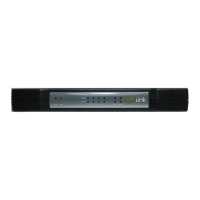
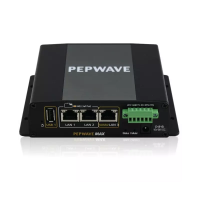
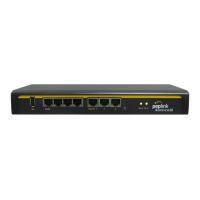
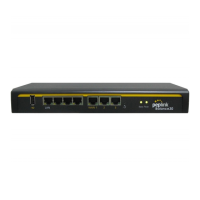




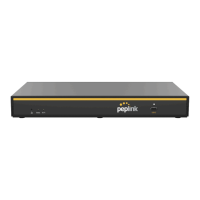

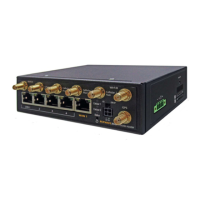
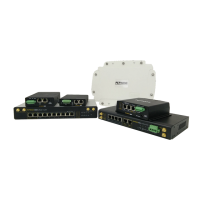
